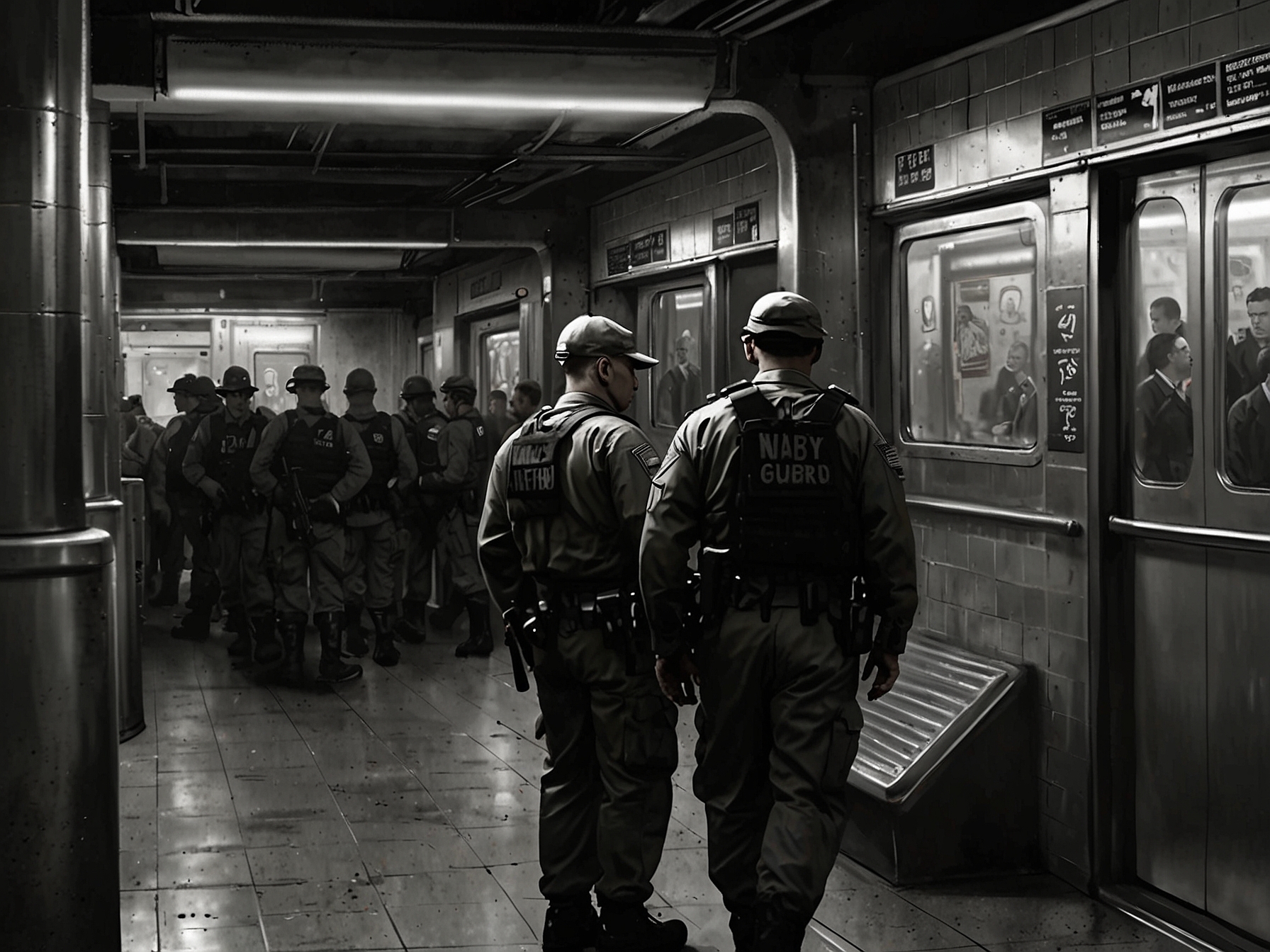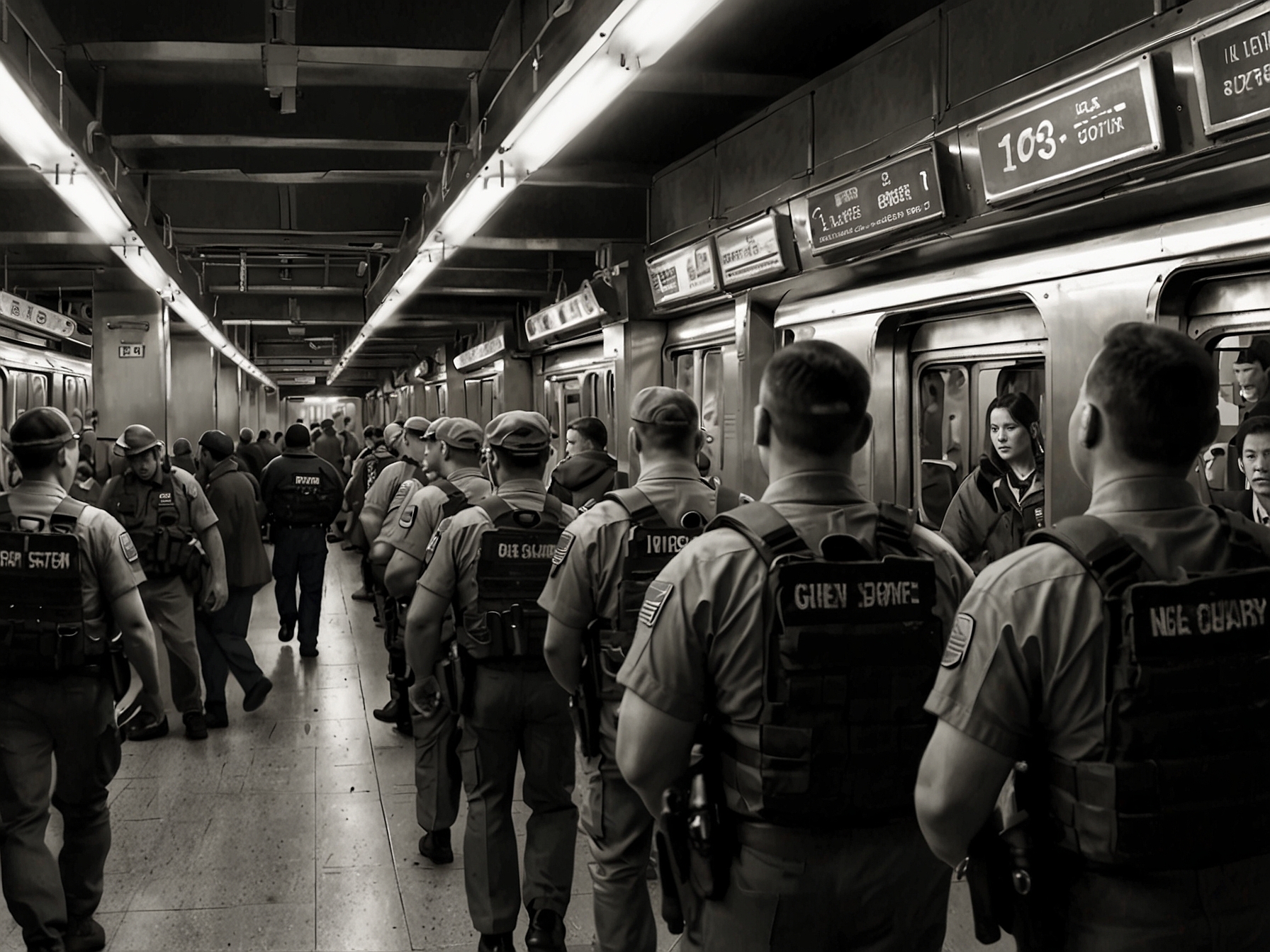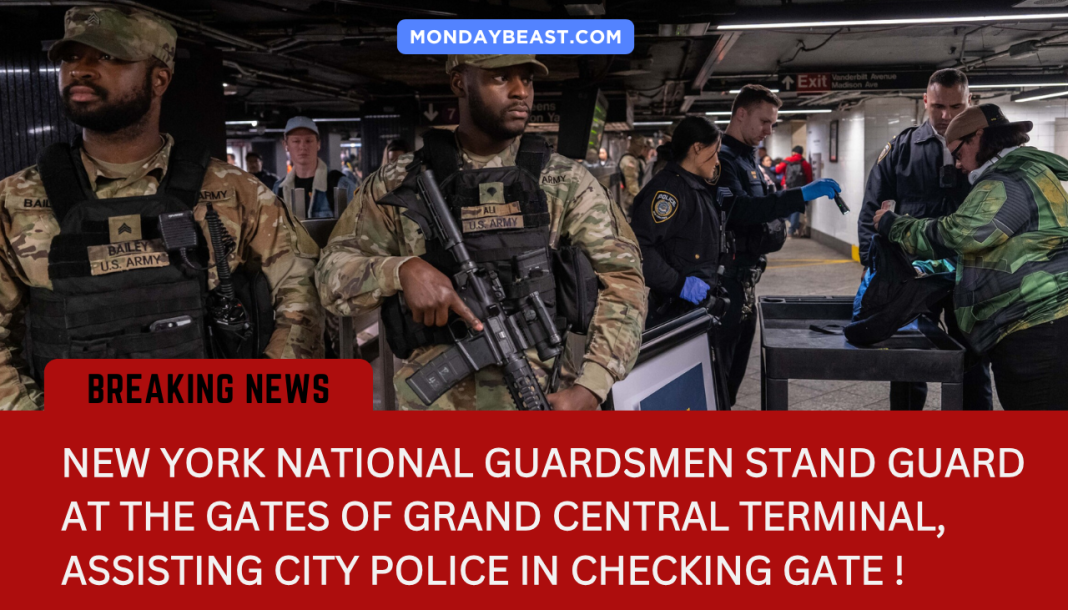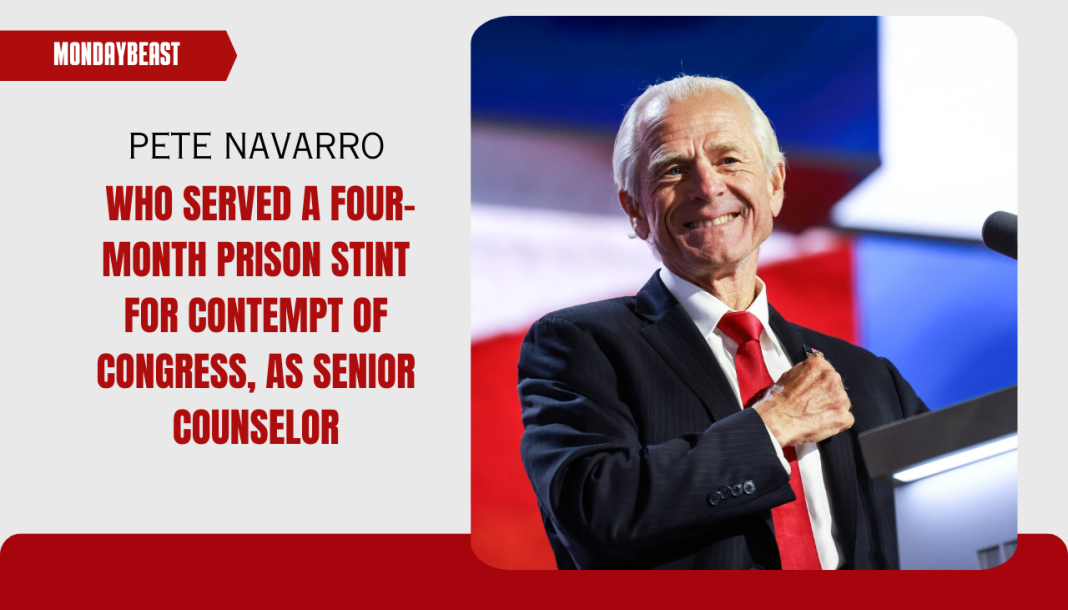The New York subway system has long been a bustling lifeline. But recent incidents have cast a shadow over its safety. With crime rates rising, how can we restore trust and ensure safety for riders?

On March 6, Governor Kathy Hochul announced a significant deployment of 750 National Guard members. This decision follows alarming statistics revealing nearly a 20% jump in crime on subway lines this year. The deployment marks a bold move to combat fear among commuters. But is added military presence the answer?
Hochul emphasized that the presence of additional personnel could deter potential offenders. “This is a deterrent for anyone who wants to bring a gun or knife on the subway,” she stated, urging the public to feel more secure. Yet, some fear that the visible presence of forces could create an atmosphere of distrust instead.

Previously, Mayor Eric Adams also proposed increased police patrols. Yet, the figures don’t lie. Shocking reports of three murders on subway lines, coupled with numerous assaults and thefts, weigh heavily on the minds of daily commuters.
Just last month, a 64-year-old postal worker was violently pushed onto the tracks. Incidents like these might have impacted riders deeply. They reflect wider societal concerns about urban safety. Have we come to a point where riding the subway feels less like commuting and more like navigating a perilous journey?

Hochul’s plan also includes stricter laws banning individuals with prior offenses from subway access. This, alongside increased surveillance and budget enhancements, reflects a multi-faceted strategy. Yet, is punishment alone enough to change behavior?
The installation of extra cameras in train cabs aims to maintain safety for both commuters and rail workers. But do cameras alone guarantee a more peaceful environment? Critics argue that we need deeper systemic changes. They contend that issues like mental health crises contribute to these violent behaviors.
As discussions continue, many New Yorkers are left pondering their choices. Will they feel more secure on those unfamiliar subway cars? Or will each journey still be fraught with anxiety and the possibility of violence?
The path to restoring confidence in public transportation is complex. It requires understanding the anxiety that weighs heavily on the minds of commuters while executing a practical approach to security. Can improved strategies and increased presence effectively change the narrative?
As we look ahead, it may come down to the community coming together. Finding solutions requires open dialogue about fear, trust, and accountability in public spaces. After all, isn’t safety something we all deserve?
In summary, New York’s plan to address subway crime is a multi-layered response. It seeks to tackle immediate fears while pondering long-term solutions. Whether this strategy will create lasting change remains to be seen. The days ahead will reveal if the streets—and subways—can regain their promised safety.




